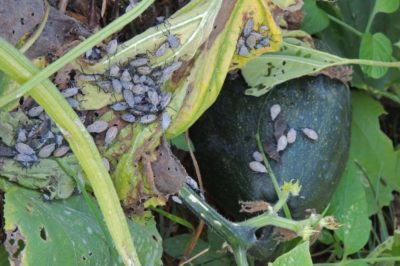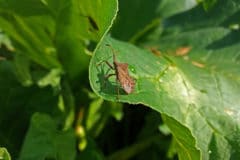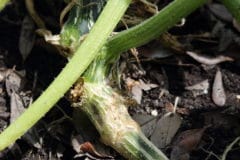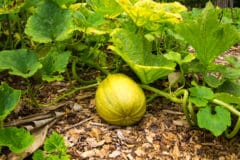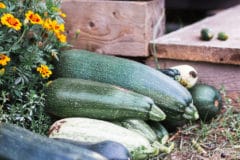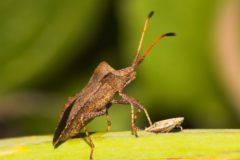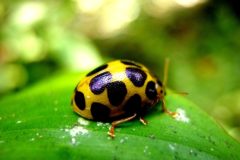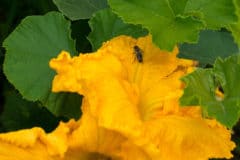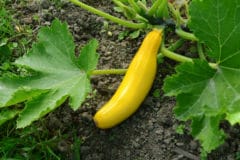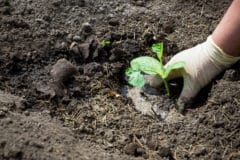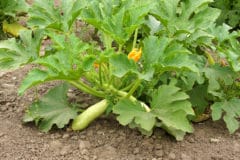Life Cycle of Squash Bugs
Squash bugs survive the cold of winter under rocks, plant debris, or other garden debris. With the warmer days of spring, the adult squash bugs emerge, begin to feast on plants and find a mate. Adult female squash bugs begin laying eggs on the underside of leaves and on stems in early June. Laying of eggs will continue into mid-summer.
If not destroyed, the eggs will hatch in 10 days. Nymphs (young squash bugs) will emerge and begin feeding on the plants. In four to six weeks, the nymphs will become adults. There is usually only one generation of squash bugs per year; although, there may be a partial life cycle in some summers.
Identifying Squash Bug Eggs
Before the squash bug can be controlled, the gardener must be able to identify their eggs. Here are some ways to identify the squash bug eggs:
- Eggs are laid on the underside of leaves or stems.
- Eggs are yellowish brown to brick red.
- Eggs are elliptical.
- Eggs are 1/16 inches long.
- Eggs are laid individually.
- Eggs are laid in clusters of about 20.
Preventing the Laying of Squash Bug Eggs
Squash Bugs can be controlled very effectively if their egg laying is prevented. If previous year squash bugs are elimilated, a light-weight floating row cover can be placed over young squash plants to help stop the bugs from laying eggs.
Using a floating row cover is not 100% effective though. Overwintering squash bugs may be present when cover is applied or may sneak under the cover. Checking for laid eggs almost daily is the surest way to prevent laid eggs from hatching.
In addition to checking for eggs, self-pollinating the squash flowers is necessary when using floating row covers. The pollinating insects cannot reach the squash plant flowers covered by a floating row cover; therefore, no squash will be produced if not self-pollinated.
Destroying Squash Bug Eggs
Regularly checking for laid eggs and destroying the eggs is the key to halting the damages of squash bugs. With only 10 days between laying and hatching, quick action must be taken. One method of destroying the eggs is to gently scrape them off the leaf or stem. Another method of destroying the eggs (if laid on a leaf) is to tear off the portion containing the eggs. Throw away or burn the leaf portion: do not compost.
